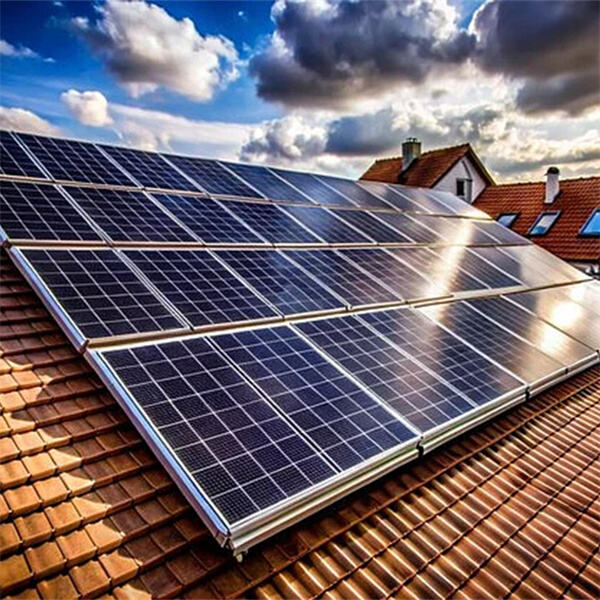Solar panels are a key component of clean energy. They generate electricity from the sunlight. Today we will discuss wind solar hybrid systems and how they operate. Let's dive in!
Another name for solar modules is solar panels. They consist of a large number of solar cells. They are solar cells that generate electricity when the sun shines on them. Solar panels vary in size and in design. Some are little, and some are big. But they perform the same function – converting sunlight into energy!
How Do Solar Panels Work? Solar panels function in a very easy way. When the sun shines on the cells on the module, electricity is generated. These wires connect to the electric module. The electricty can then be used to light homes, computers, and even cars. The sun is just incredible how it energizes us!

There are lots of good reasons to get solar panels on your house. First, you might save money on your power bill. Because sunlight is free, you will pay for less to the power company. Second, you will be doing the planet good. Solar power is clean and it does not produce pollution like most other forms of power. And best of all, you don’t have to lose power during a blackout. You can save that energy and use it when you need it.

The main components of a hybrid wind and solar electric systems system are: The solar panels themselves are the first. These are the panels where sunlight is collected. Then, there is an inverter. The inverter converts the electricity from the modules to a type that can be consumed in your home. Lastly, there are batteries. The batteries save extra electricity for when the sun is not shining. All these components play together to provide you with clean, renewable energy.

Solar Panels are one of our necessities in our continuous efforts in clean energy. They harness the power of the sun and translate it into electricity. Through solar panels, we can get rid of powers that are bad for the Earth. It is also renewable, fighting the depletion of resources. That’s why it is critical to put solar modules on the list of what we’ll be relying on in the future to power our energy system.